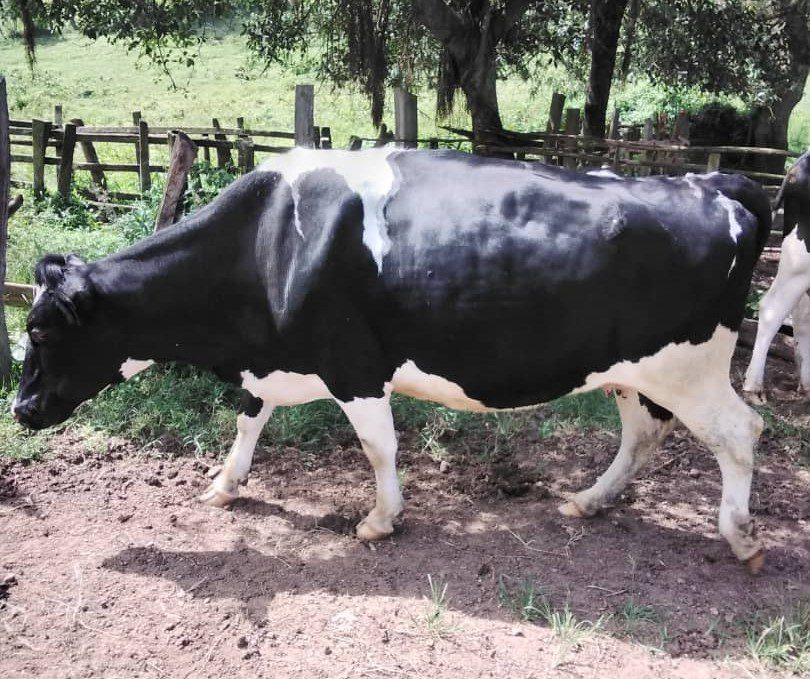Advantages of zero grazing dairy cattle production systems
- Diversification of household income sources.
- On-farm production of milk, which improves household nutrition.
- The animals are kept inside which is more secure and protect them from attack by predators.
- Increased opportunities for small-scale farmers to keep improved dairy animals.
- The feeds are utilised well—- reduced pasture damage.
- Many animals can be fed from a very small area.
- Easy collection of manure for soil fertility improvement, crop and biogas production.
- Increased use of crop residues, fodder grasses, legumes and multipurpose fodder trees and shrubs in producing high value products,
- Disease and pest control made easier.
- Easier animal health management.
- Close observation of the animals is possible, making heat detection and attendance to animals easier and faster.
- In addition to milk production, a farmer also gets calves, which in turn grow up into heifers, which will produce more milk, or a bull, which can be sold to generate more income.
Disadvantages of zero grazing dairy cattle production systems
- Requires animals of higher genetic potential to make economic sense, which is more expensive.
- More resources (capital and labour) are devoted to construction of a zero-grazing unit, chopping the fodder, feeding in the stalls, cleaning the stalls and transporting manure to the fields.
- Large amounts of pasture and supplements required for high milk producers.
- Increased expenses on disease control and treatment, because high milk producing cows are more susceptible to diseases such as milk fever.
- Diseases can easily spread to animals in the same enclosure because stalls might be too close.
- There is a possibility that animals are stressed because of too much confinement inside the zerograzing units.
- It might not be easy to detect cows with silent heat if you are keeping one cow.




